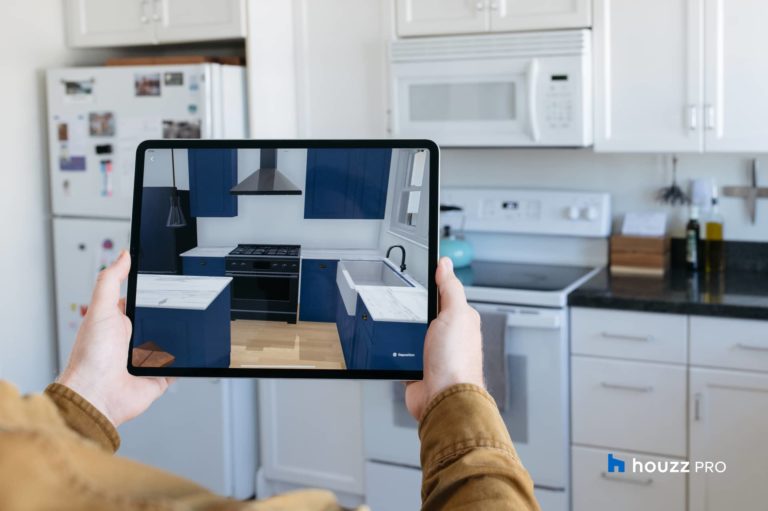
Home services network Frontdoor recently launched an updated app to streamline service calls to homeowners. Utilizing “see what I see,” remote guidance, it lets homeowners diagnose – and even fix – home issues with the live help of experts and an upheld smartphone.
Though this may sound like a Facetime call, the magic is in spatially-anchored annotations to guide homeowners. This is a flavor of AR otherwise known as remote support. It has already gained traction in the enterprise, including functions like IT support or industrial maintenance.
In a residential context, the idea is to empower home-services pros to diagnose issues before they show up at a given job. That informed position can expedite job scoping/pricing and indicate which tools and parts to bring. All the above can reduce or eliminate costly home visits.
If this sounds familiar, the technology was pioneered by Streem, which Frontdoor acquired in 2019. The difference now is that Frontdoor has folded the functionality into its main app. This makes its family of products – including Streem and American HomeShield – more federated.
Pain Management
Going deeper into the UX and value proposition for “see what I see” support, it solves a real and common pain point for homeowners. Envision a cable company phone rep visually walking you through a router setup versus disjointed (and often painful) voice-only instructions.
An even better area to reduce pain is home services categories like plumbing. Homeowners can be the eyes and ears of a remote pro, via upheld smartphone. Pros can then diagnose issues — or even instruct the homeowner for lighter jobs — with voice and positional annotations.
The real value plays out through reducing preliminary technician visits. Streem has already done this to the tune of 42 percent. Otherwise known as a truck roll, this includes an initial home visit to scope and price a given job. Streem turns two visits into one and makes pros more scalable.
And it’s not just fewer visits but more streamlined ones. The standard practice of showing up with a big truck with all possible tools to handle any job can be replaced with a lighter dispatch. Speaking of dispatch, pros can also cluster similar jobs and other logistical tactics.
Consumer Endpoints
All the above brings AR into new use cases and opportunities – something the technology needs at this stage. AR has become popular for visualizing products in a shopping context. And it has proved valuable in industrial settings to guide frontline workers with remote expert support.
Frontdoor – by virtue of Stream’s innovations – is sort of combining the two concepts in a new use case. This could unlock AR’s value and its addressable market to homeowners everywhere. More accurately, the addressable market is the service providers who bring it to them.
That gets into a concept we’ve explored in the past: B2B2C. AR’s consumer endpoints can be achieved and accelerated through the pros that serve them. And they’re motivated to do so for all the reasons examined above, including more efficient operations and tighter logistics.
They’re also motivated by another factor: marketing. AR-enabled service calls can differentiate them from competitors. And there’s room for growth as it applies to other verticals – everything from landscaping to real estate. That makes this a flavor of AR worth watching.






